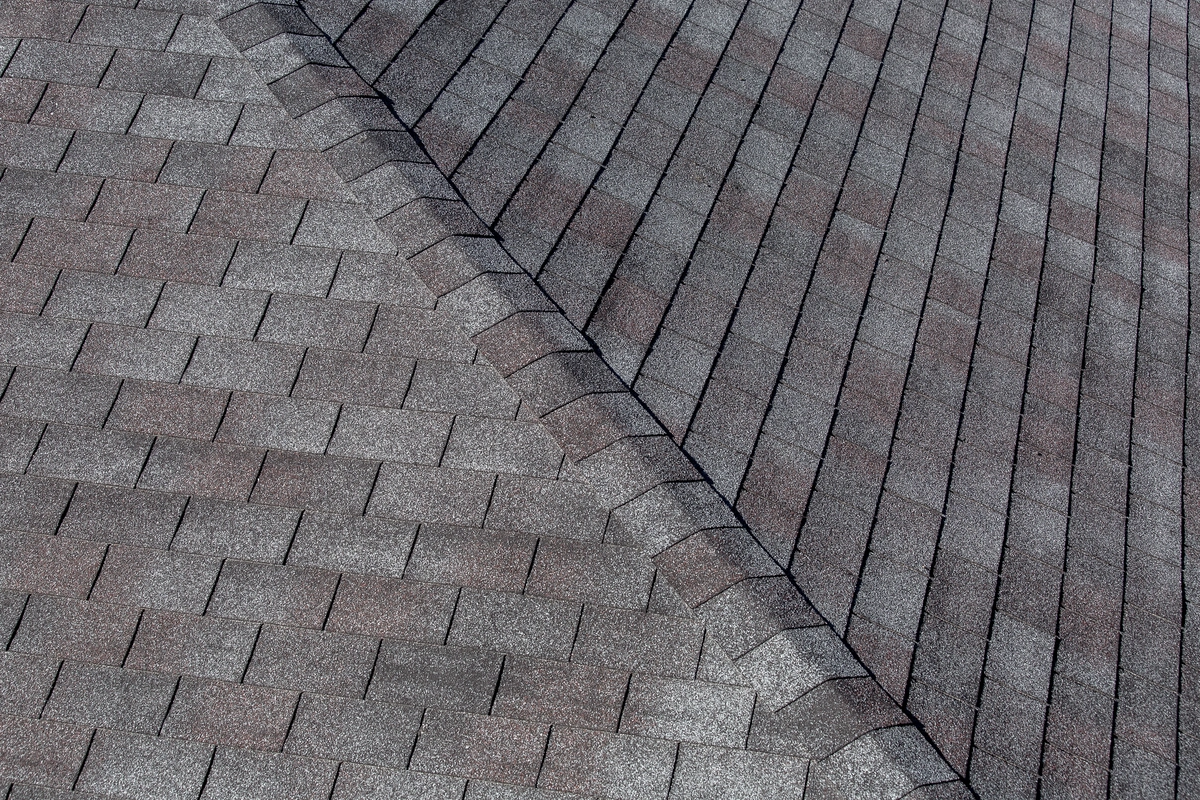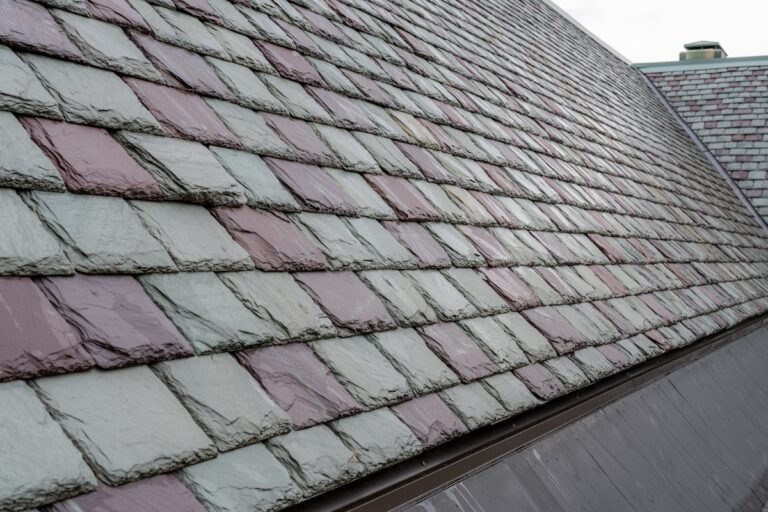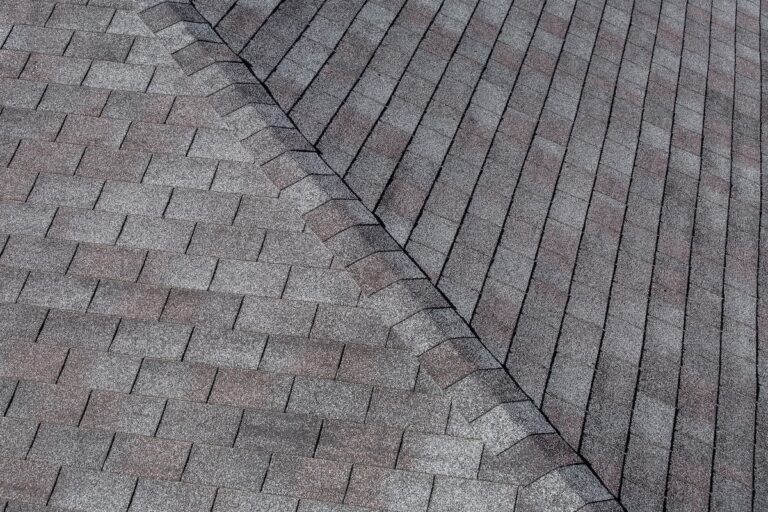Is a roof replacement in your future? You might be stuck, trying to decide what roofing material is right for you. From asphalt shingles to metal and tile, there are enough options to make your head spin!
If you’re in the market for a new roof or considering an upgrade, you’ve likely come across the term “Class 4 shingles.” But what exactly are they, and why should you consider them for your home? In this guide, we’ll explore everything you need to know about Class 4 shingles, including:
- Their benefits
- Types
- Installation process
What are Class 4 Shingles?

Class 4 shingles are the highest-rated shingles under the Underwriters Laboratories (UL) 2218 impact-resistance test. This test evaluates the shingle’s ability to withstand impact from hail, wind, and other environmental factors. To achieve a Class 4 rating, shingles must withstand a 2-inch steel ball dropped from a height of 20 feet without cracking or breaking. This rigorous testing ensures that Class 4 shingles offer superior durability and protection for your home.
🔑 Key Features of Class 4 Shingles
- Impact Resistance: Can withstand severe hailstorms and other forms of impact.
- Wind Resistance: Typically rated to resist winds up to 110-130 mph.
- Durability: Made from high-quality materials designed to last longer than standard shingles.
- Weather Resistance: Offers excellent protection against various weather conditions, including heavy rain and snow.
Benefits of Class 4 Shingles
Class 4 impact-resistant shingles come with a whole host of benefits for your entire roofing system!
💪 Enhanced Durability
One of the most significant benefits of Class 4 shingles is their enhanced durability. These shingles are designed to withstand severe weather conditions, including hailstorms, high winds, and heavy rainfall. This makes them an excellent choice for homeowners living in areas prone to extreme weather.
💵 Cost Savings
While Class 4 shingles may have a higher upfront cost compared to standard shingles, they can save you money in the long run. Their durability means fewer repairs and replacements over time. Additionally, many insurance companies offer discounts on premiums for homes with Class 4 shingles, further contributing to cost savings.
📈 Improved Home Value
Installing Class 4 shingles can also increase the value of your home. Potential buyers are often willing to pay more for a home with a durable, high-quality roof. This can be a significant selling point if you plan to sell your home in the future.
🌏 Eco-Friendly
Many Class 4 shingles are made from recyclable materials and are designed to be eco-friendly. By choosing Class 4 shingles, you’re not only protecting your home but also making a positive impact on the environment.
🏡 Aesthetic Appeal
Class 4 shingles are available in various styles, colors, and textures, allowing you to choose a look that complements your home’s architecture and enhances its curb appeal.
How to Choose the Right Class 4 Shingles for Your Home
Selecting the right Class 4 shingles for your home involves considering several factors, including your budget, climate, and aesthetic preferences. Here’s a step-by-step guide to help you make an informed decision:
✅ Assess Your Climate
Consider the weather conditions in your area. If you live in a region prone to hailstorms, you might want to opt for metal or synthetic shingles. If you experience high winds, asphalt or wood shingles could be a suitable choice.
✅ Set a Budget
Determine your budget for the roofing project. While Class 4 shingles are an investment, it’s essential to choose an option that aligns with your financial plans. Keep in mind that the long-term benefits, such as reduced maintenance and potential insurance discounts, can offset the initial cost.
✅ Evaluate Aesthetic Preferences
Think about the overall look you want to achieve for your home. Class 4 shingles come in various styles and colors, so you can select an option that complements your home’s architecture and enhances its curb appeal.
✅ Consult a Professional
Consulting a professional roofing contractor can provide valuable insights and recommendations based on your specific needs. They can help you assess your options, provide cost estimates, and ensure that the installation process goes smoothly.
Installation Process for Class 4 Shingles: 3 Key Steps
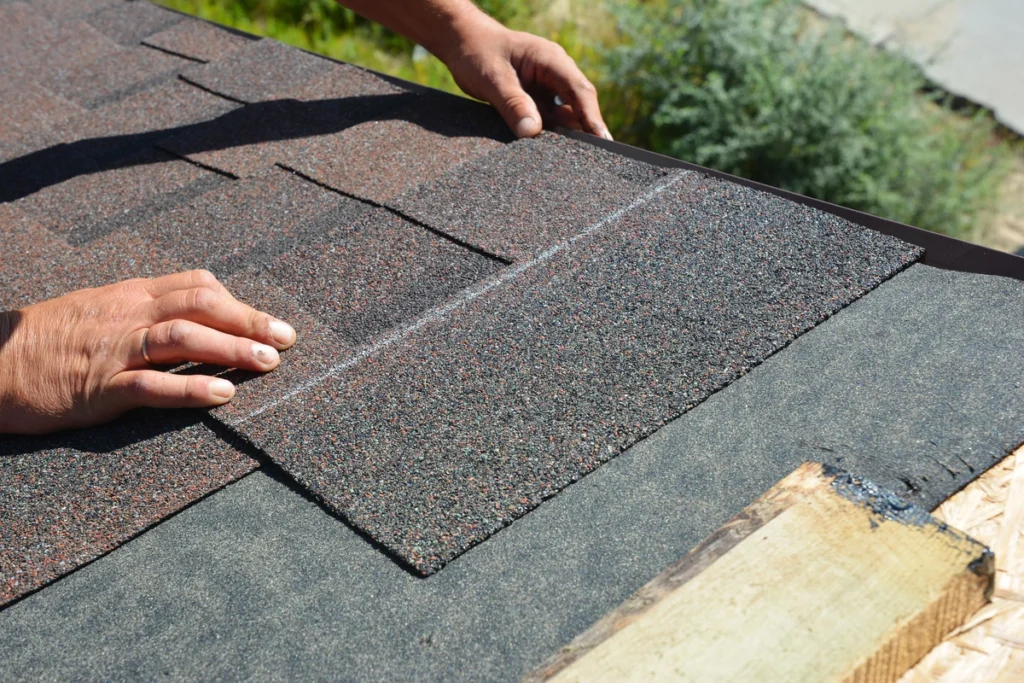
The installation process for Class 4 shingles is similar to that of standard shingles but requires careful attention to detail to ensure optimal performance. Here are the basic steps involved:
1) Preparation
- Inspection: Inspect the existing roof to identify any damage or issues that need to be addressed before installation.
- Removal: Remove the old shingles and any damaged roofing material.
- Repairs: Repair any damaged areas of the roof deck and ensure proper ventilation.
2) Installation
- Underlayment: Install a high-quality underlayment to provide an extra layer of protection against moisture.
- Starter Shingles: Place starter shingles along the eaves to create a solid foundation for the first row of shingles.
- Shingle Placement: Begin installing the Class 4 shingles, starting from the bottom and working your way up. Follow the manufacturer’s guidelines for spacing and alignment.
- Nailing: Use appropriate nails and nailing techniques to secure the shingles in place. Ensure that nails are driven into the proper locations to prevent leaks and ensure stability.
3) Finishing
- Ridge Cap Shingles: Install ridge cap shingles along the roof’s peak to provide a finished look and additional protection.
- Flashings: Install flashings around chimneys, vents, and other roof penetrations to prevent water infiltration.
- Inspection: Conduct a thorough inspection to ensure that all shingles are properly installed and that there are no gaps or loose nails.
Maintenance Tips for Class 4 Shingles
Even though Class 4 shingles are designed to be durable and low-maintenance, regular upkeep is essential to maximize their lifespan. Here are some maintenance tips to keep your Class 4 shingles in top condition:
- Regular Inspections: Conduct regular roof inspections, especially after severe weather events. Look for signs of damage, such as cracked or missing shingles, and address any issues promptly.
- Clean Gutters: Keep your gutters clean and free of debris to ensure proper water drainage. Clogged gutters can lead to water buildup and damage to your shingles.
- Trim Overhanging Branches: Trim any overhanging tree branches that could potentially damage your roof. Falling branches can cause significant harm to your shingles and the underlying structure.
- Remove Debris: Remove any debris, such as leaves or branches, that accumulate on your roof. Debris can trap moisture and lead to mold or algae growth.
- Check Flashings: Inspect the flashings around roof penetrations, such as chimneys and vents, to ensure they are in good condition. Replace any damaged or worn flashings to prevent water infiltration.
Common Misconceptions About Class 4 Shingles
Despite their numerous benefits, some misconceptions about Class 4 shingles may deter homeowners from considering them. Let’s address some of these common misconceptions:
Misconception 1: Class 4 Shingles are Too Expensive
While Class 4 shingles may have a higher upfront cost compared to standard shingles, their long-term benefits, such as durability and potential insurance discounts, often outweigh the initial investment.
Misconception 2: Class 4 Shingles are Only Necessary in Severe Weather Areas
Class 4 shingles offer enhanced protection and durability, making them a valuable investment regardless of your location. Even in milder climates, the added durability and longevity can save you money on repairs and replacements.
Misconception 3: All Class 4 Shingles are the Same
Class 4 shingles come in various materials, styles, and colors, each offering unique benefits and features. It’s essential to choose the right type of Class 4 shingles based on your specific needs and preferences.
Make The Switch to Impact Resistant Shingles
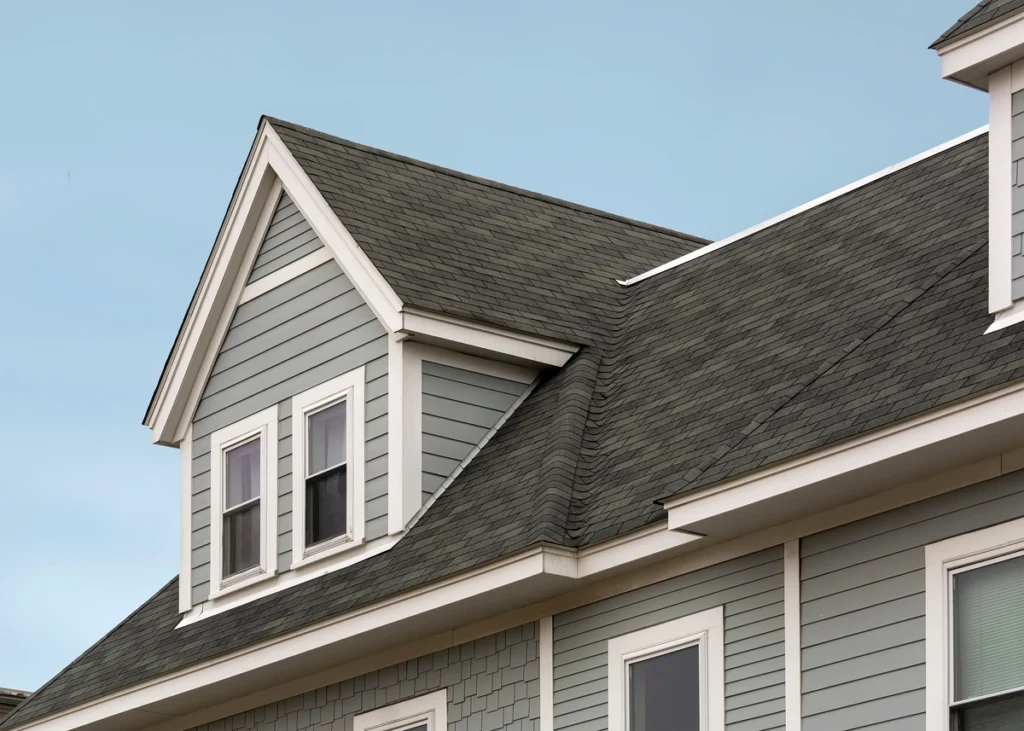
Class 4 shingles offer a robust and reliable roofing solution for homeowners seeking enhanced durability, protection, and aesthetic appeal. While they may come with a higher initial cost, the long-term benefits, including cost savings, improved home value, and potential insurance discounts, make them a worthwhile investment.
By understanding the different types of Class 4 roof shingles, assessing your specific needs, and consulting with a professional roofing contractor, you can make an informed decision that will protect and enhance your home for years to come.
Ready to take the next step? Contact Johnson Restoration today to discuss how Class 4 shingles and our other roofing materials can benefit your home. Protect your investment and enjoy peace of mind with a roof that’s built to withstand the elements.
